
Air Purifier for Cat Allergy?
I am a cat person.
I definitely show all the signs.
I talk to my cats.
I enjoy watching cat videos for an extended amount of time.
I buy catnip and the occasional toy for my cats,
And I have at least one cat in my lap or sitting next to me all the time I’m at home.
(A brief list to be sure)
Two cats is my limit though.
My family has always had cats around since I can remember.
I’ve never been allergic to a cat in my life, until recently.
Can you be allergic to one cat but not another?
Yes you can. Some cats just shed more than others. And since the bacteria known as dander is attached to the shedded fur, you can experience more allergy symptoms around the cat that sheds more.
Can you develop an allergy to cats later on in life?
Yes, It’s possible but it’s more likely that something has changed in the environment around you that is causing the allergic reaction. Like say a cat that is shedding more than usual and spreading a lot more dander than usual.
And that is my situation
Though I may think of myself as a cat person, I would not categorize myself as someone that is good at choosing a cat.
More like the opposite.
The truth is, I have never actually chosen a cat.
They always just seem to end up around me in the house somehow. They are usually brought in by one of my sisters or one of my daughters.
That to say,
Now I know,
there is such a thing as a hypoallergenic cat and if I knew I was going to have a constant wheezing and sneezing issue with one of my cats,
I would have look a lot harder to find one (or at all) that was hypoallergenic.
But what I got is a fat lovable Calico that leaves a trail of hair everywhere she goes.

Especially on my couch and clothes.
So now I’ve got an allergy that is centered around that one cat.
My other cat is a short-haired rescue that doesn’t seem to bother me at all when it comes to allergies.

But I’ve had to make some adjustments and learn to deal with living in the same house as a cat I’m allergic to.
And that is really what this article is about.
It was not hard to realize that what I was allergic to was related to the amount of shedding the cat is doing.
The cat hair and more specifically the cat dander that is covering the hair was getting out of control so here’s my list:
1.House Cleaning/ Vacuuming
I went into hyper vacuuming and sweeping mode.
Cleaning the house is essential to keeping cat allergies down.
The amount of cat hair in the dump canister on the vacuum should have been a clue.
The amount of hair in the lint filter of the dryer after washing the blankets on the couch should have been a clue also.
-

Do you -

think this -

excessive?
I decided to step up the vacuuming to twice a week which seemed like getting a second job at first but hasn’t been that bad.
The one thing to point out is that if your vacuum does not have a HEPA filter, it is not going to vacuum the bacteria (that is what the dander actually is) as well.
Also related to vacuuming is air-purifying.
Vacuuming itself will actually kick up the dust and the dander into the air that you breathe and since dander is so small he can remain there for quite a while.
The truth is it doesn’t even take vacuuming to kick up dander into the air, simply walking through the house at any time is causing dust to enter the airstream.
2. Air Purifier for Cat Allergy?
An air purifier equipped with a true HEPA filter and a pre-filter is a must for keeping the air around me breathable while I’m sitting watching the TV or sleeping.
Keeping the air clean around you while you’re sleeping is also actually a big deal because you tend to breathe much deeper when you are sleeping.
Having cleaner air when you’re sleeping will actually keep you from waking up as much and even help with snoring and sleep apnea.
If your cat sleeps with you or like mine, pounces all over you in the middle of the night, an air purifier maybe what you need to help you get a good night sleep.
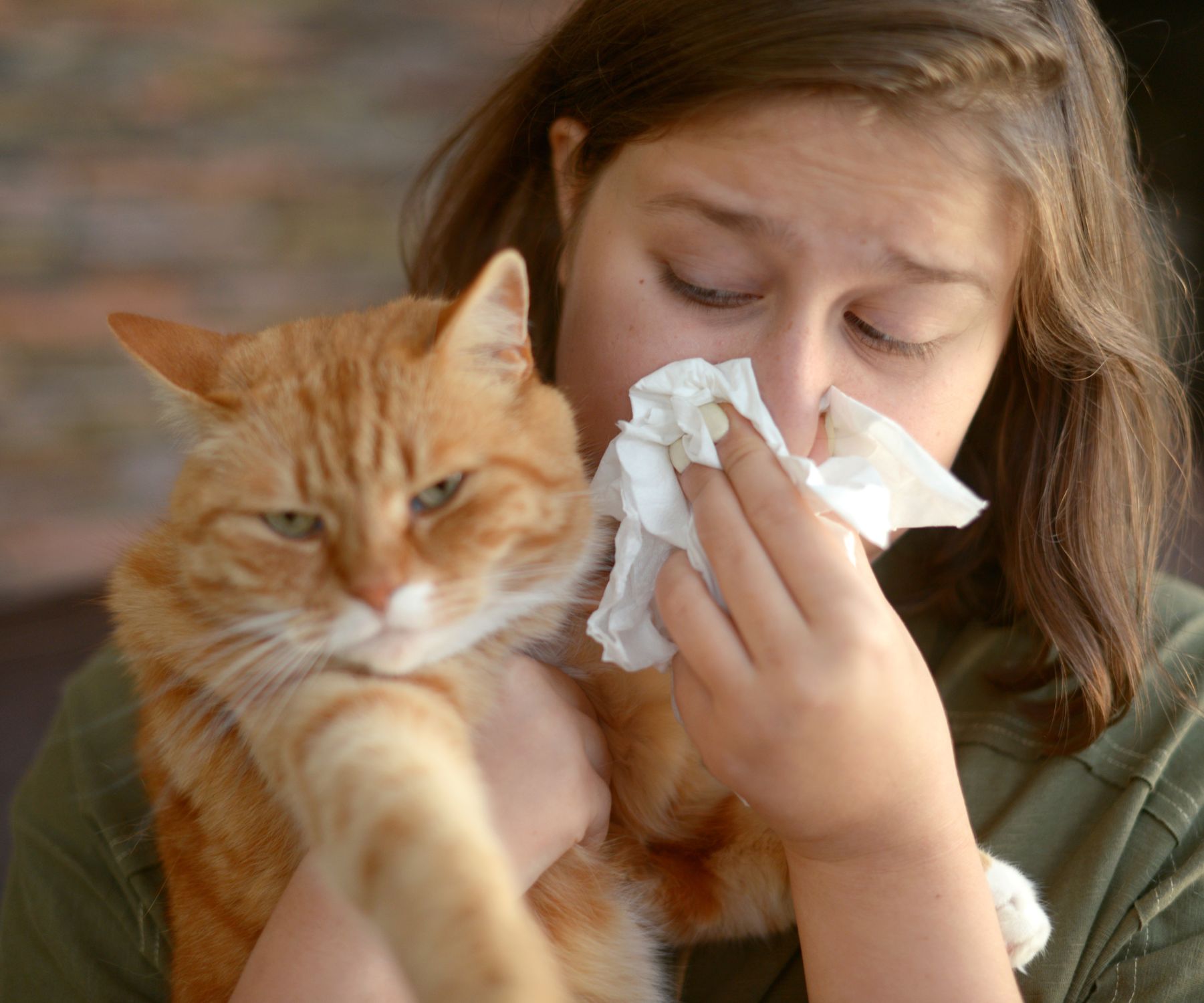 What’s the difference between HEPA and true HEPA?
What’s the difference between HEPA and true HEPA?
As for the meaning of “true HEPA”. It simply means that it’s a actual HEPA filter and not a imitation knock off.
HEPA filters are designed to capture particles as small as .3 microns. Buying a “ like hepa” filter won’t give you the same protection as a true hepa filter.
3. Grooming
For grooming I purchased a cat brush that removes an insane amount of hair in one pass. I also bought a glove that does about the same thing. Both were impulse purchases on Facebook.
I like the brush better than the glove.
My cat is super sensitive on her lower back. She cannot stand to be touched in that area.
I’ve yet to figure out why.
There’s a lot of people on the internet with the same problem but I’ve yet to see an answer for it. Maybe leave a comment if you know.
It can make brushing the cat a lot more of a challenge. But if I keep in the right spots, I can get most of the hair without making her too crazy.
I also wiped the cat down with some baby wipes which doesn’t really seem to bother her. I’ve heard they have actual Kitty wipes but I’ve yet to try them.
4. Hygiene
Remembering to wash my hands after I pick up the cat or pet her is a simple thing that does a whole lot to keep myself from getting that allergic feeling.
If I don’t Remember to wash my hands and face, I’ll end up rubbing my eyes.
Rubbing your eyes and face with cat all over your hands is the worst thing to do to avoid itchy swollen eyes and sneezing.
There is an actual name for it. It’s called “itchy eye syndrome”
Keeping some hand sanitizer on the counte r helps remember to wash my hands after I mess with the animals.
r helps remember to wash my hands after I mess with the animals.
Really it comes down to common sense dealing with cat allergies but it is hard to do anything about dander without some outside help.
I’ve listed here the air purifier and the vacuum I was just taking a look at.
Air purifiers come in a whole array of sizes complete with different air cleaning Technologies.
My take on Air purification is that it is going to be very expensive to keep the air in the whole house clean. The amount of energy and keeping up with replacement filters is what I’m talkin about. That’s why I suggest just keeping a small air purifier in the areas of the house that you are in the most.
But there is always a exceptions to the rule.
There are air purifiers that go right into your HVAC unit that will keep the are in the whole house clean and actually neutralize pet dander. The cost to run one is considerably lower too.
But also these types of air purifiers do nothing to get rid of cat or dog hair.
You’ll have to get a separate air cleaner for that.
But at least it won’t have to be the most expensive true Hepa they carry.
There is even quite a few do it yourself HEPA air purifiers that you can throw together with box fan and a filter.
Probably a good idea for the garage but I don’t think my wife wants one in the living room. lol.
The vacuum we got is the….. Like I said before, it is insane, the amount of pet hair it picks up. We bought it at Walmart. But you can check it out here on Amazon and see the current price and reviews for yourself.
Peace.


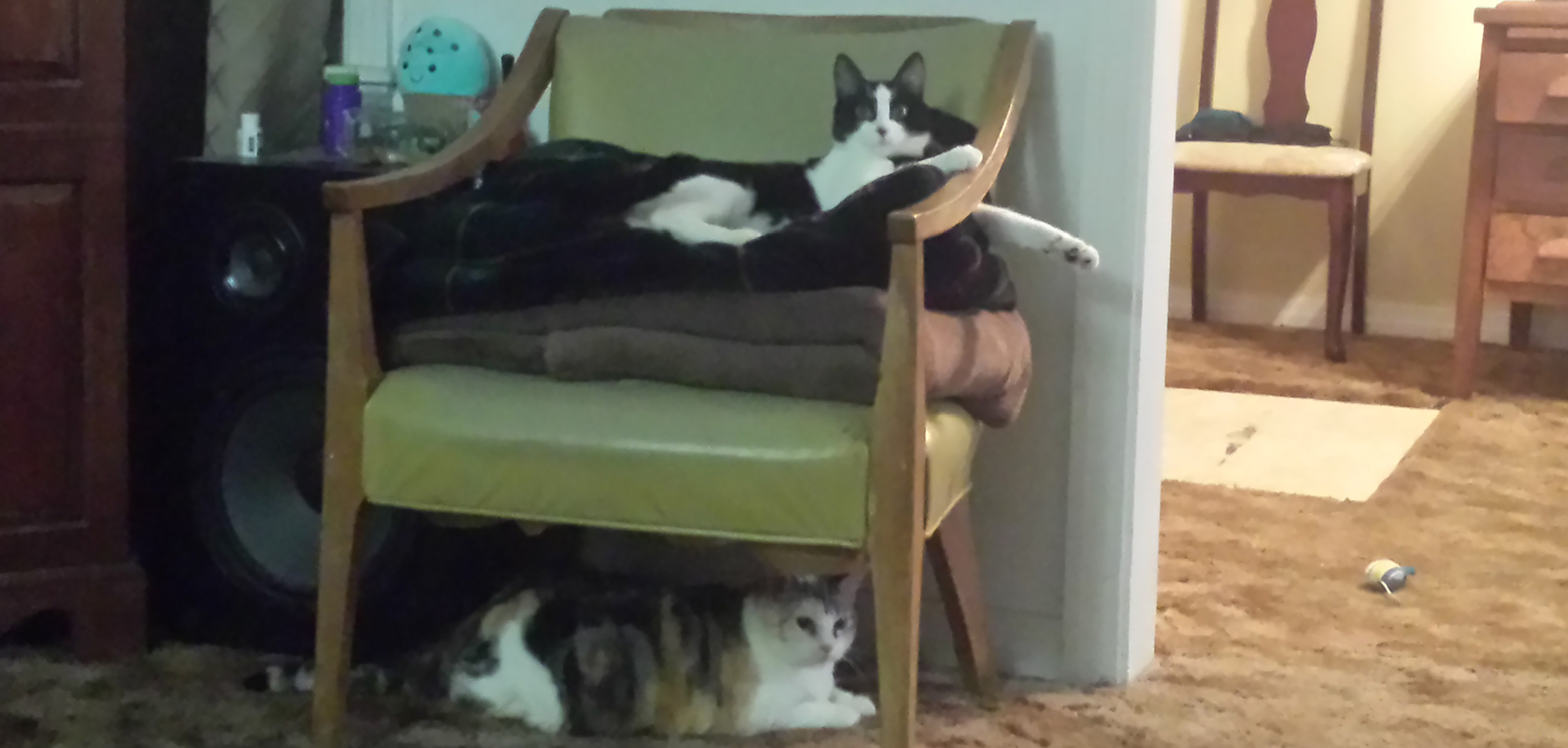
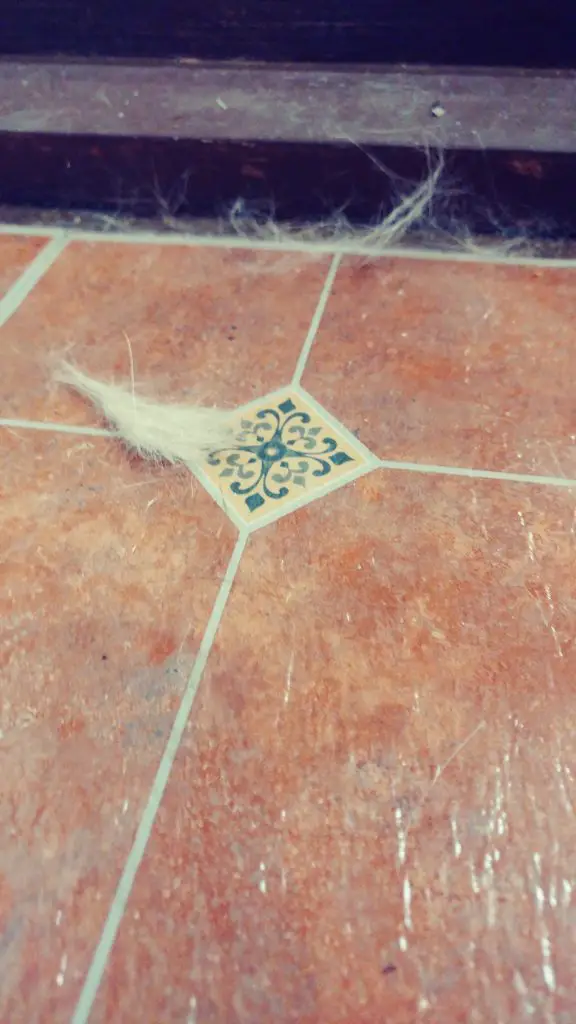
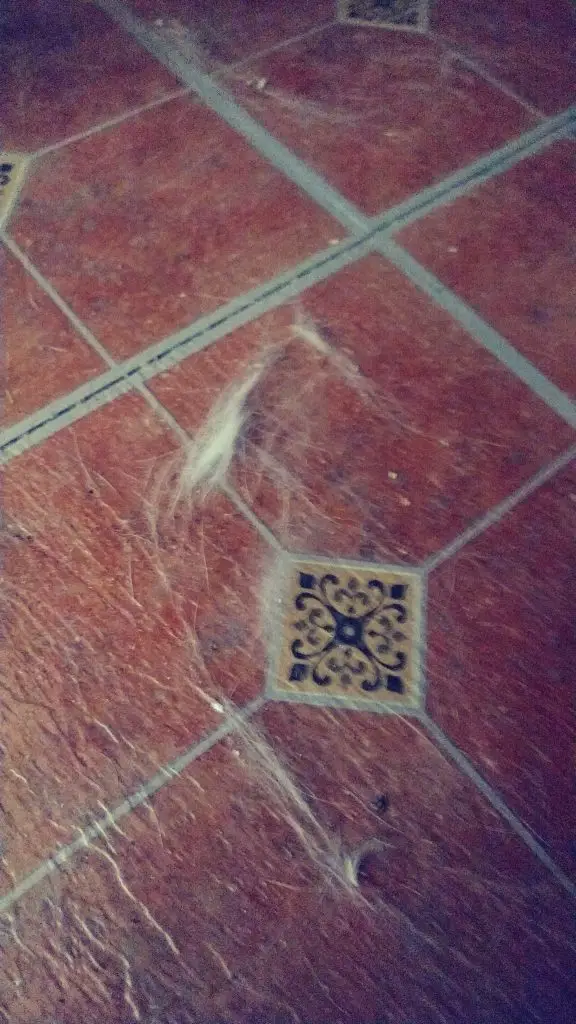
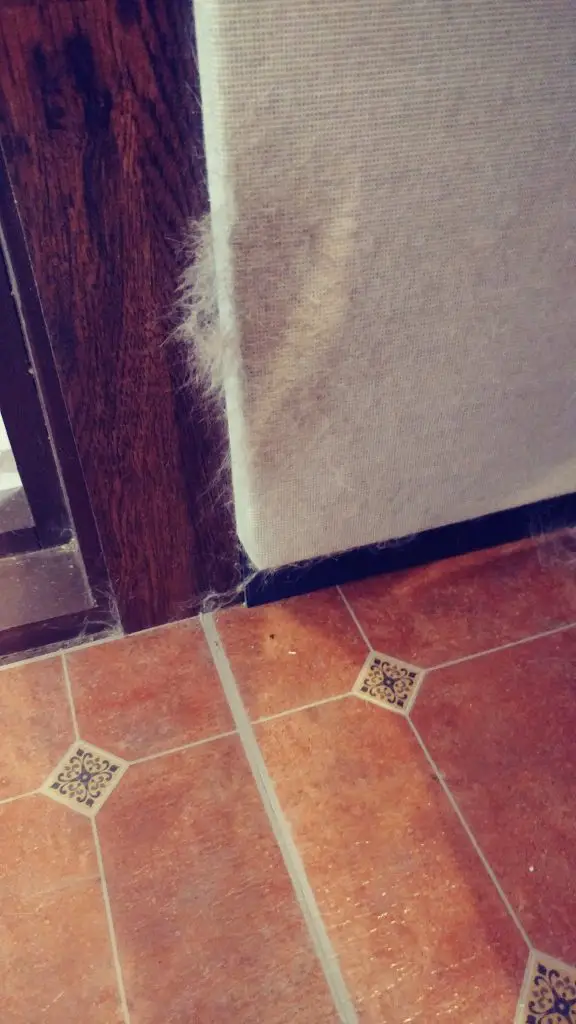
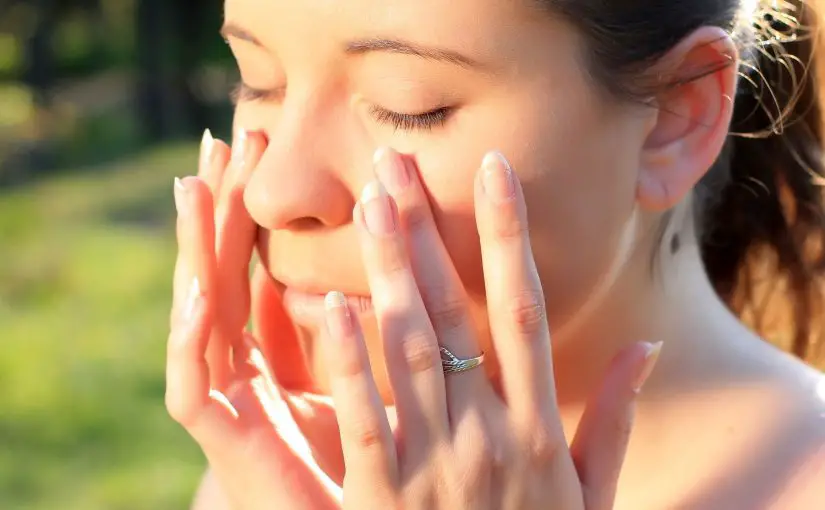

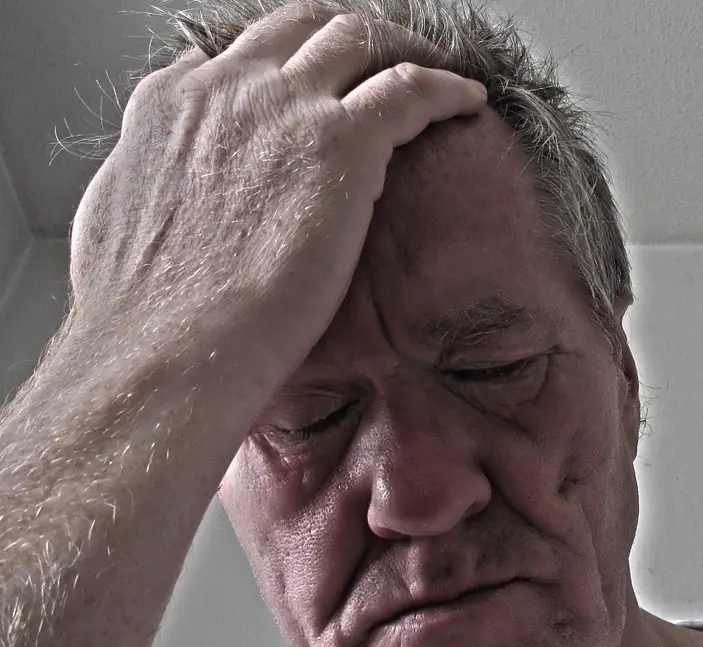

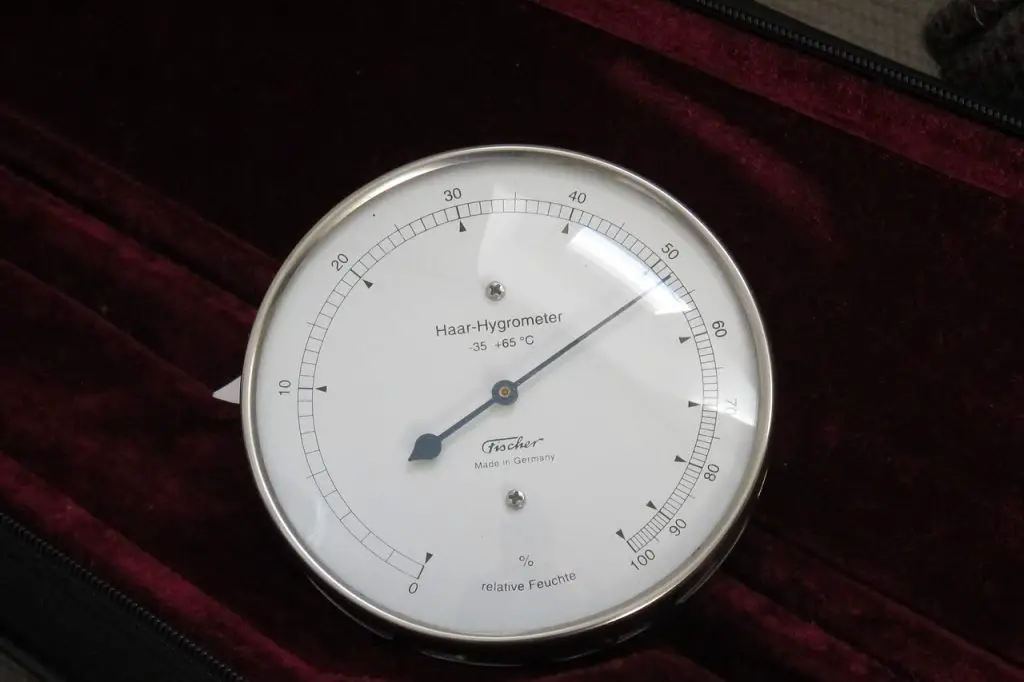
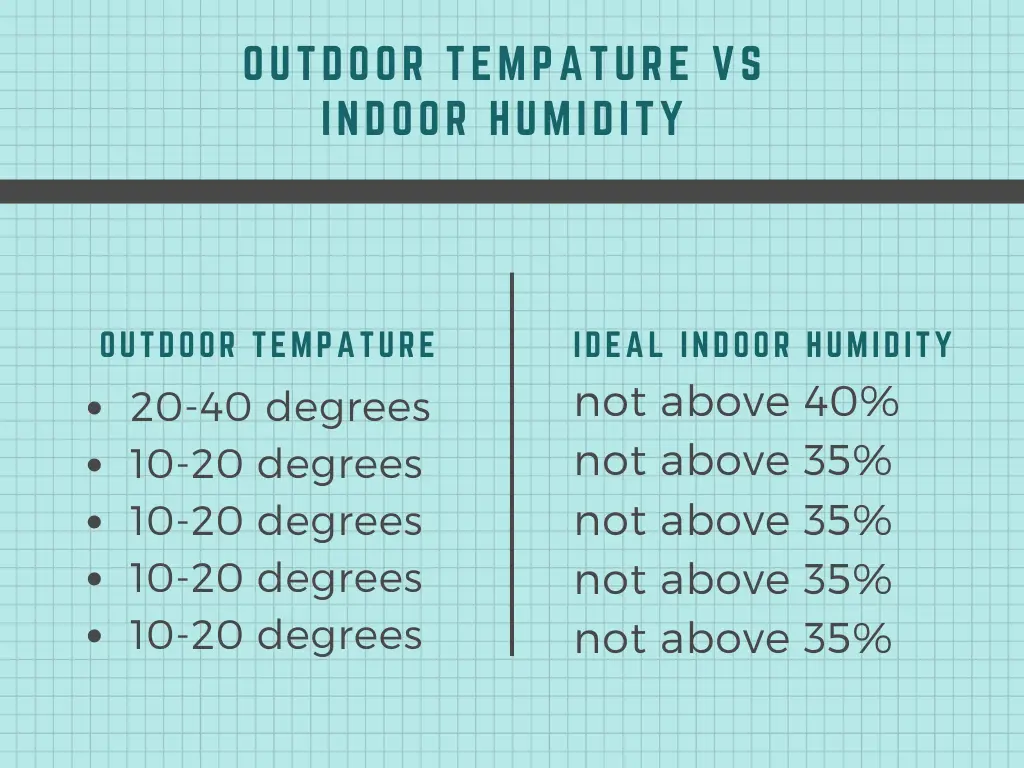
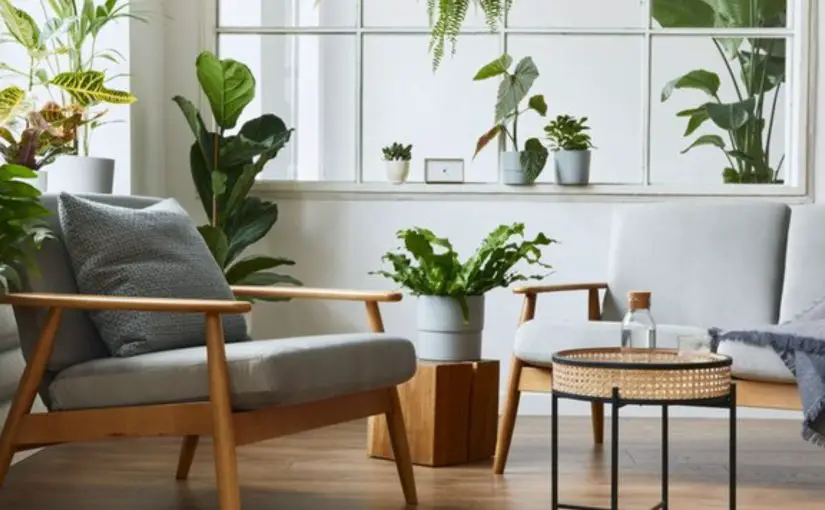

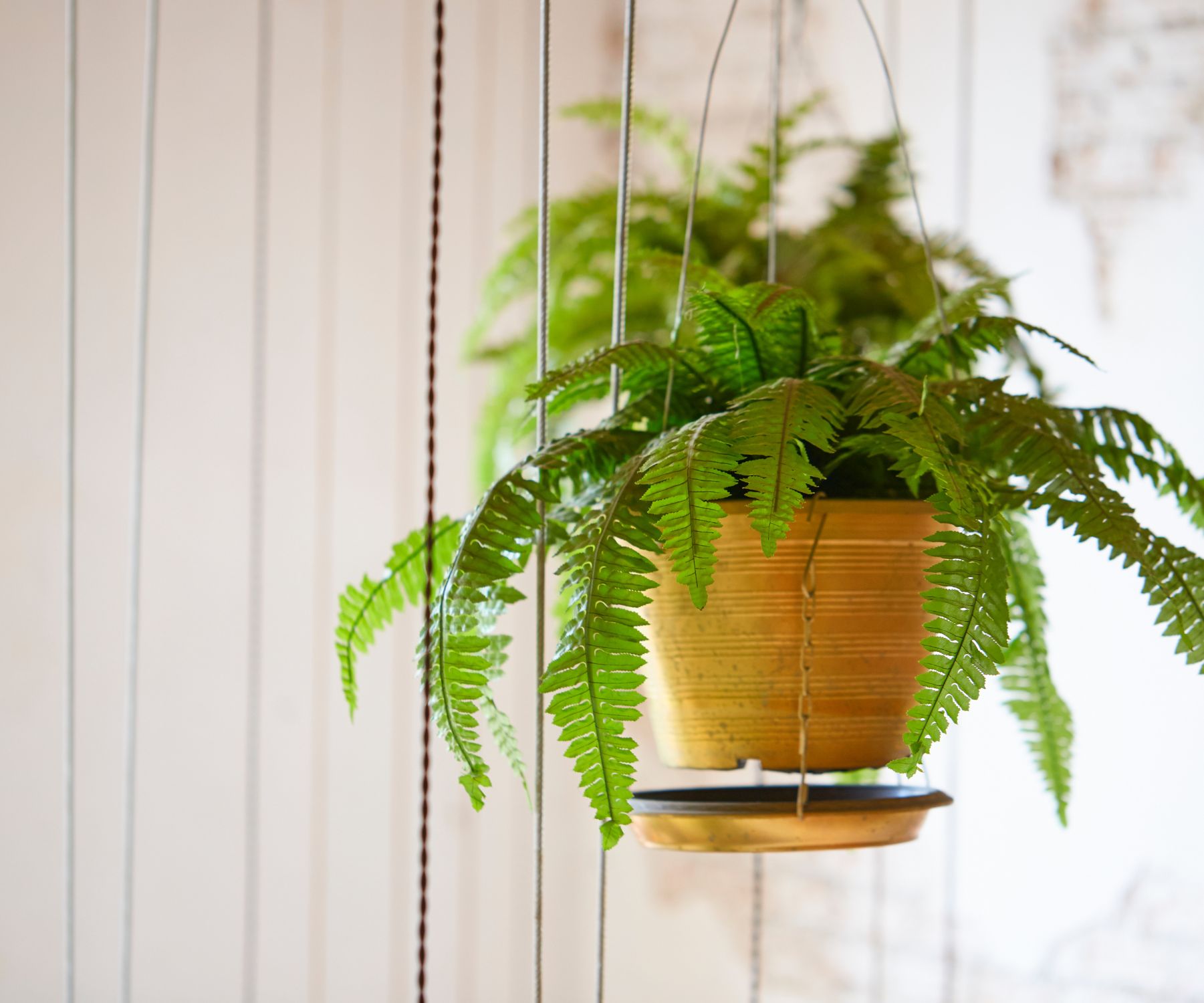
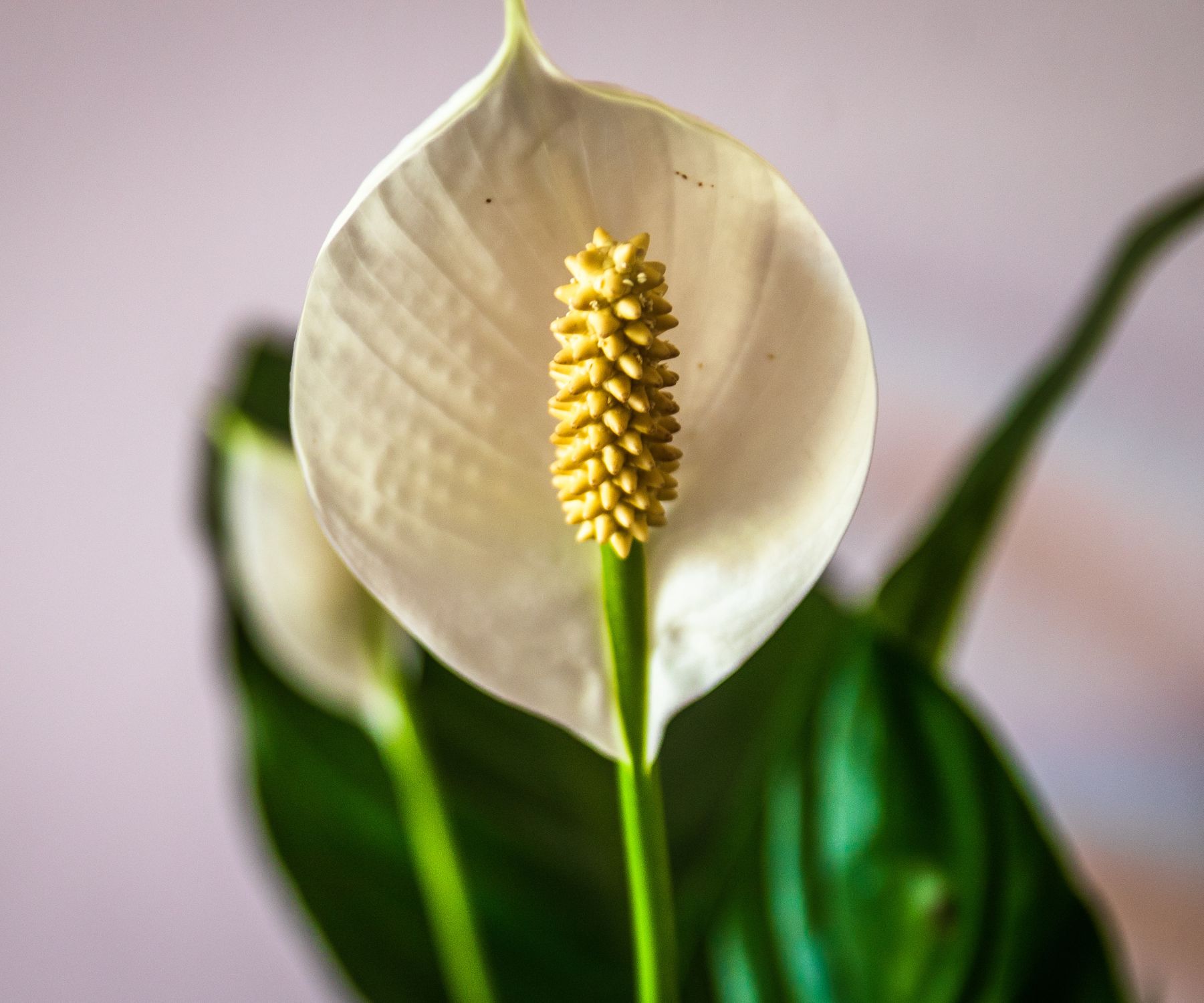


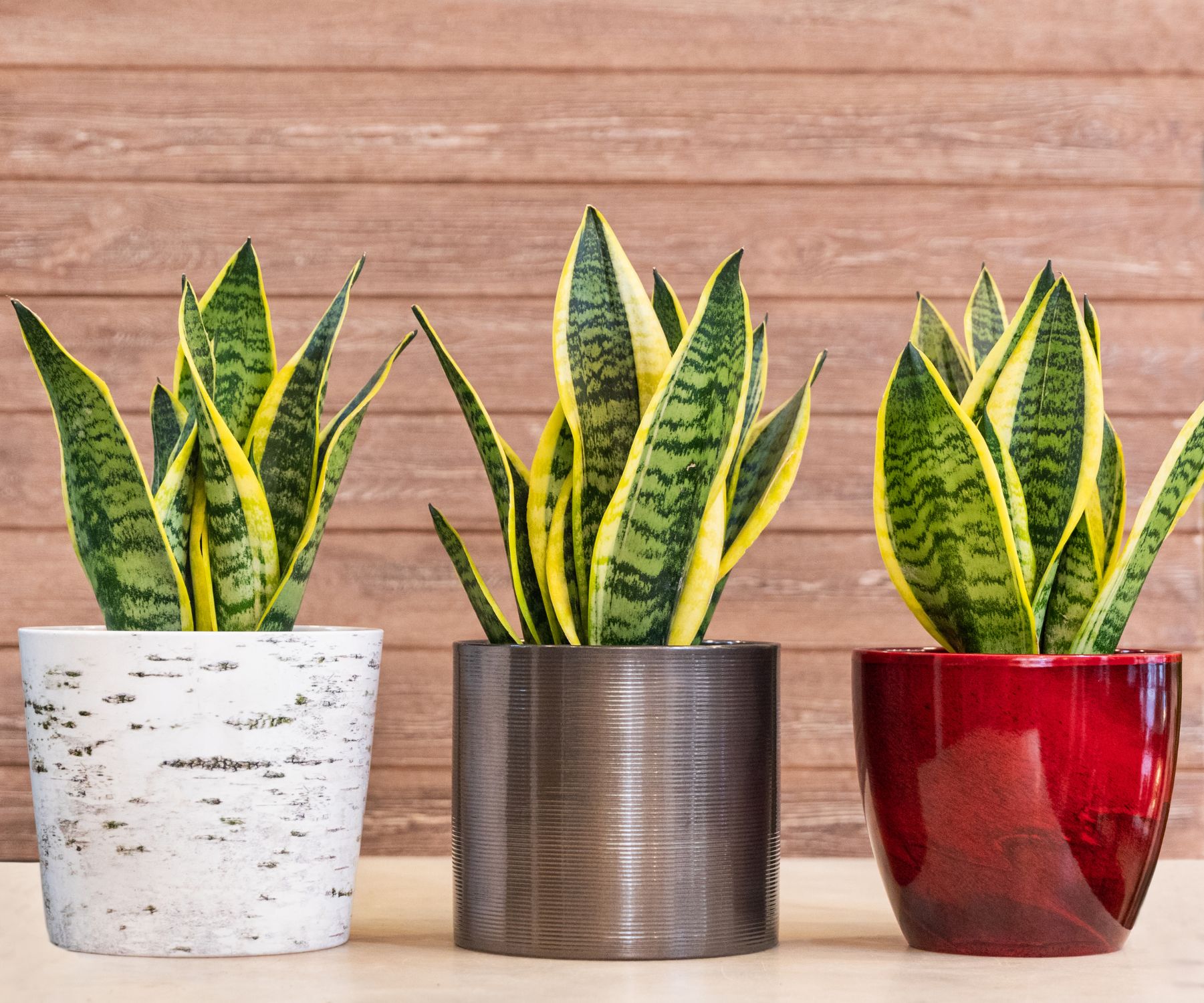
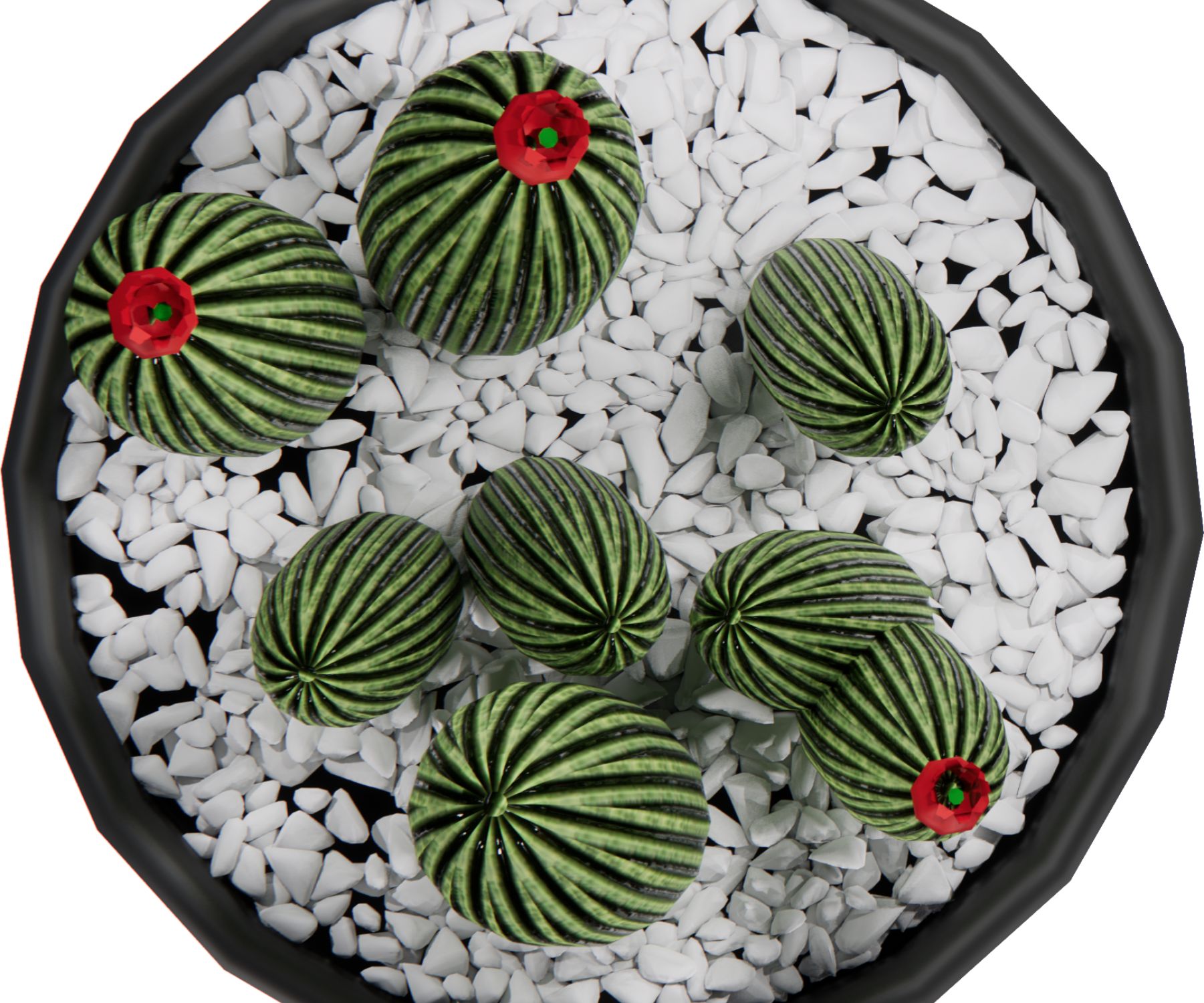


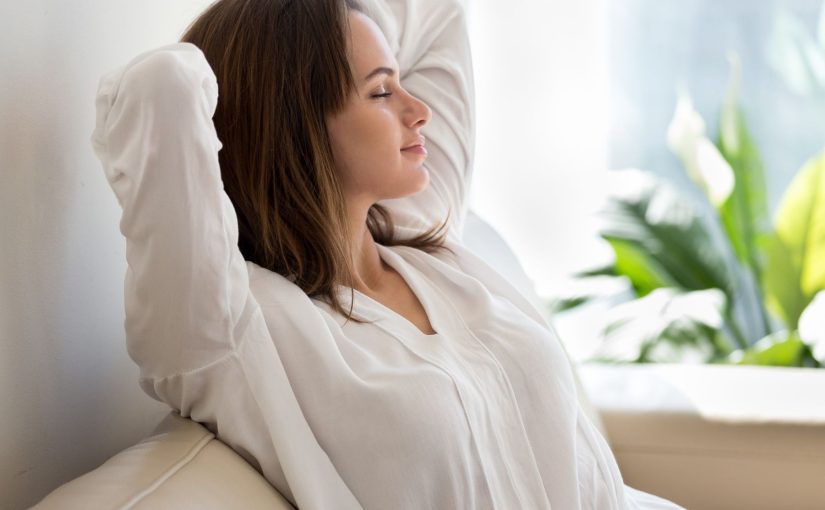









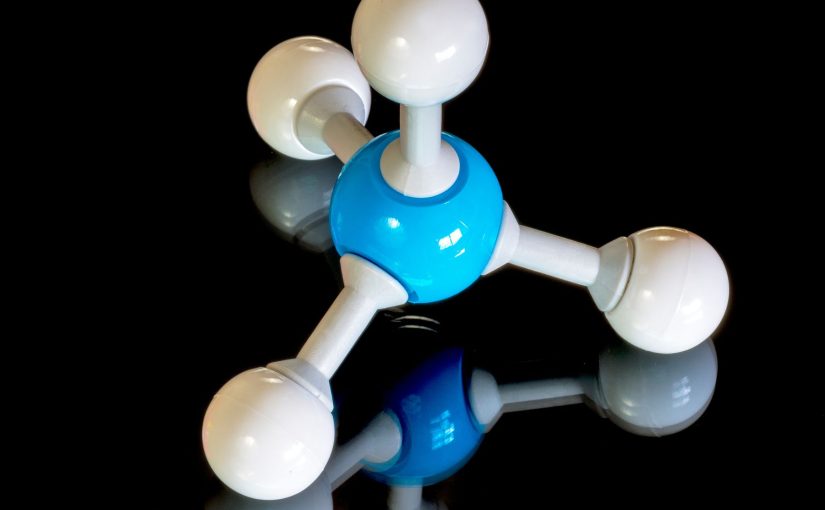


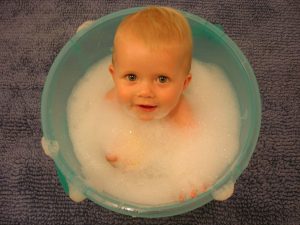







 But it is understandable.
But it is understandable.

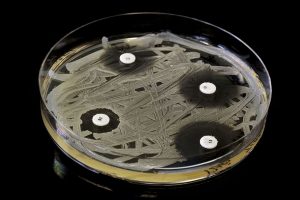
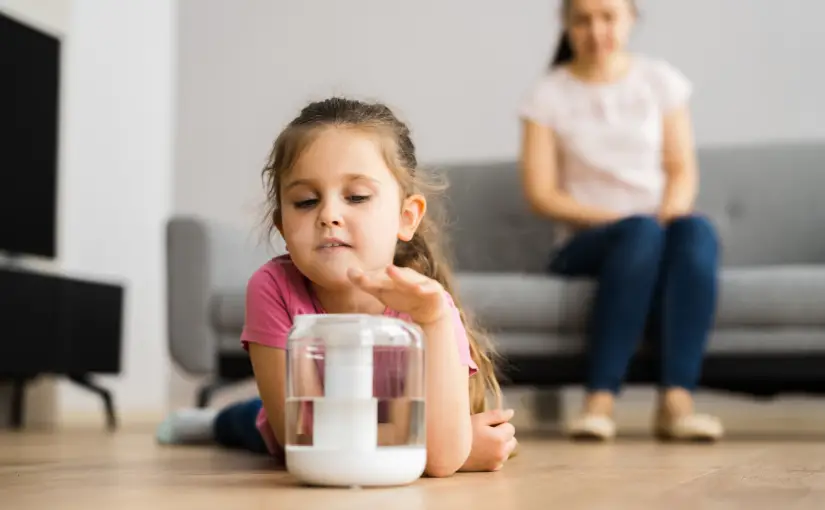
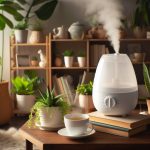
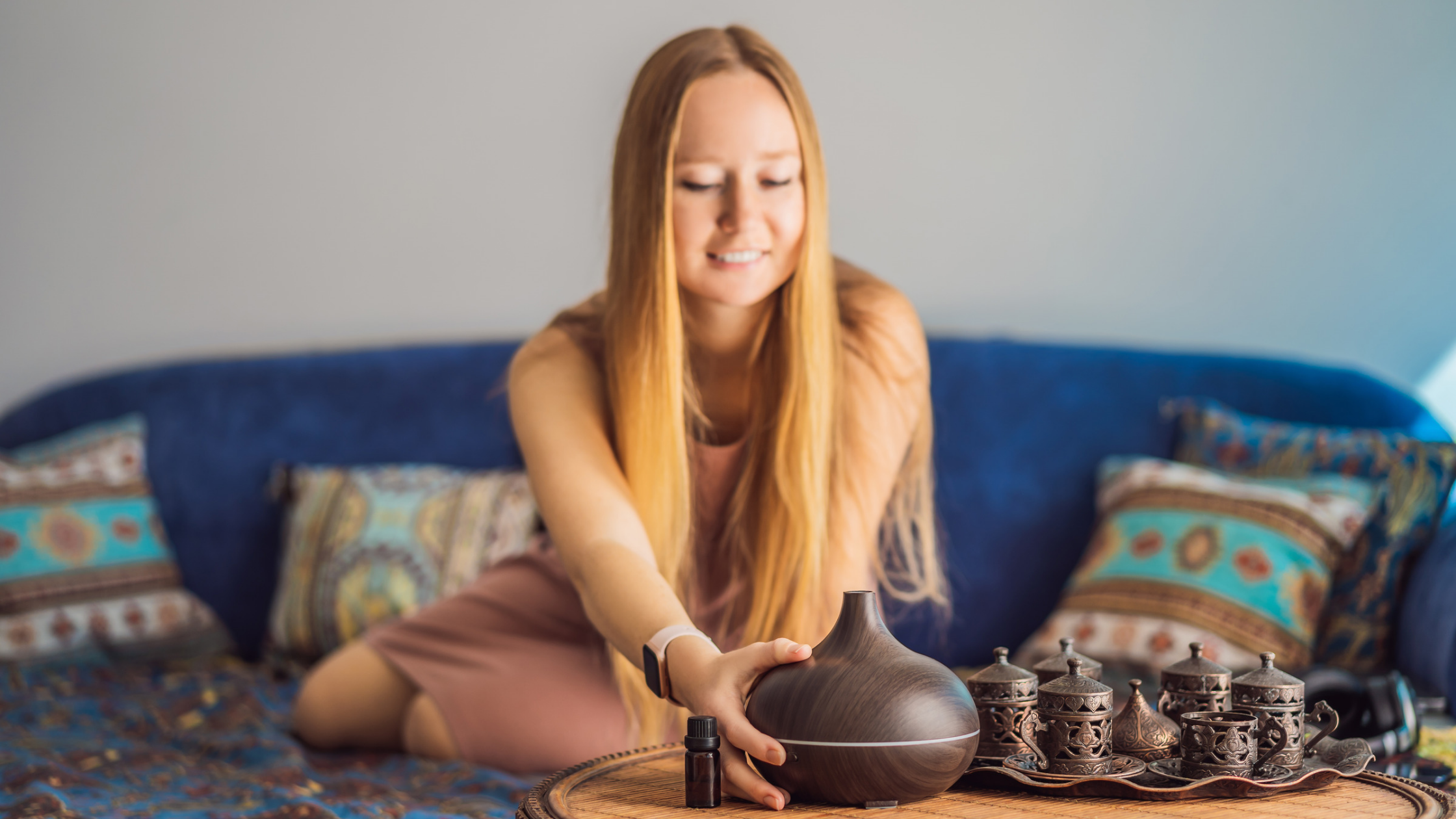




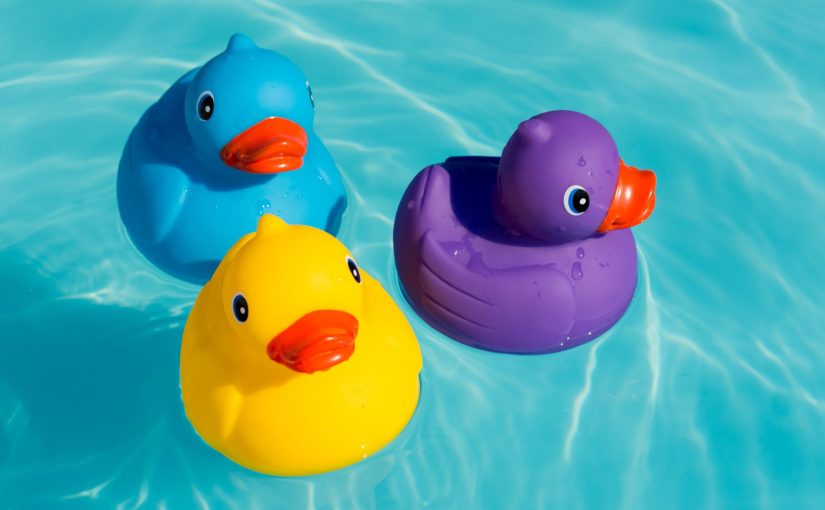
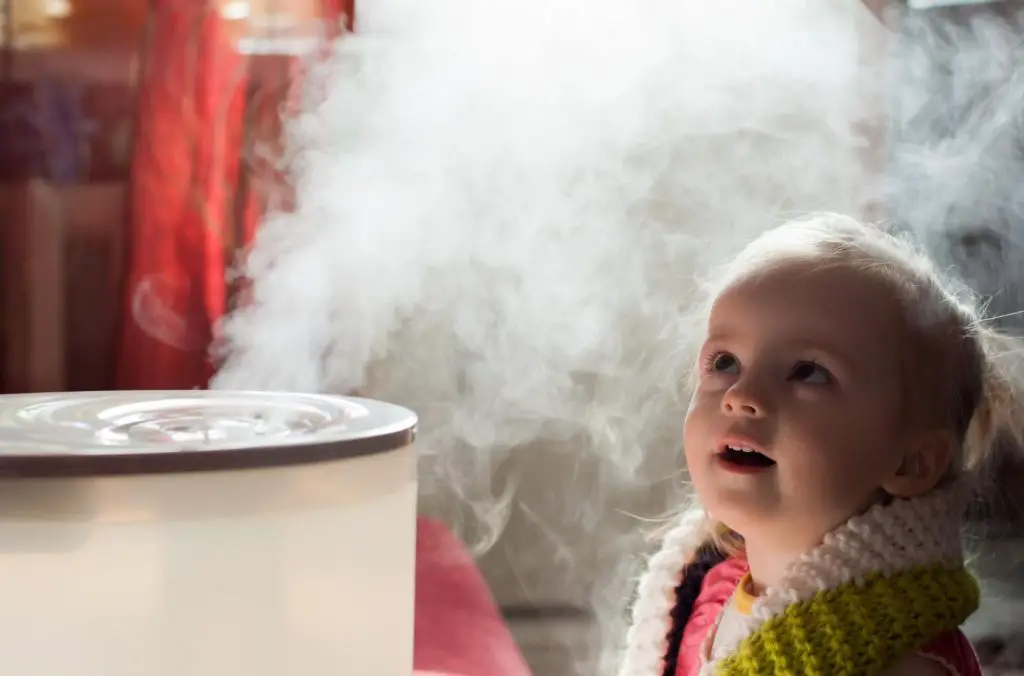 What is a waterless vaporizer?
What is a waterless vaporizer? Diffuser vs. Humidifier
Diffuser vs. Humidifier A nebulizer diffuser as an individual product is a much stronger aromatherapy diffuser than an ultrasonic diffuser that is combined with other functions.
A nebulizer diffuser as an individual product is a much stronger aromatherapy diffuser than an ultrasonic diffuser that is combined with other functions.